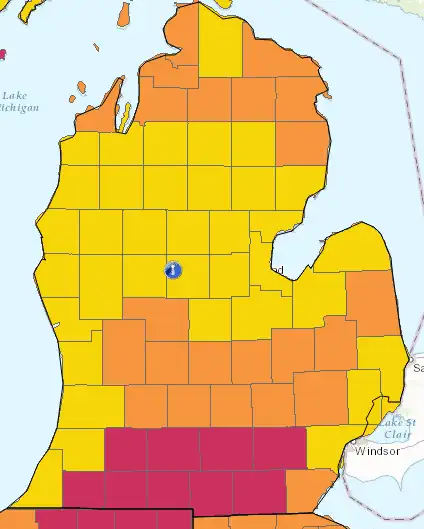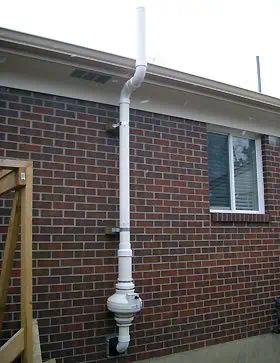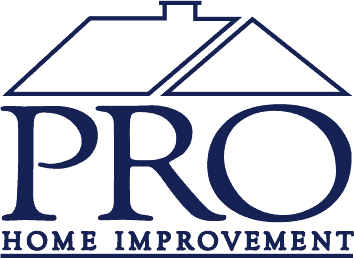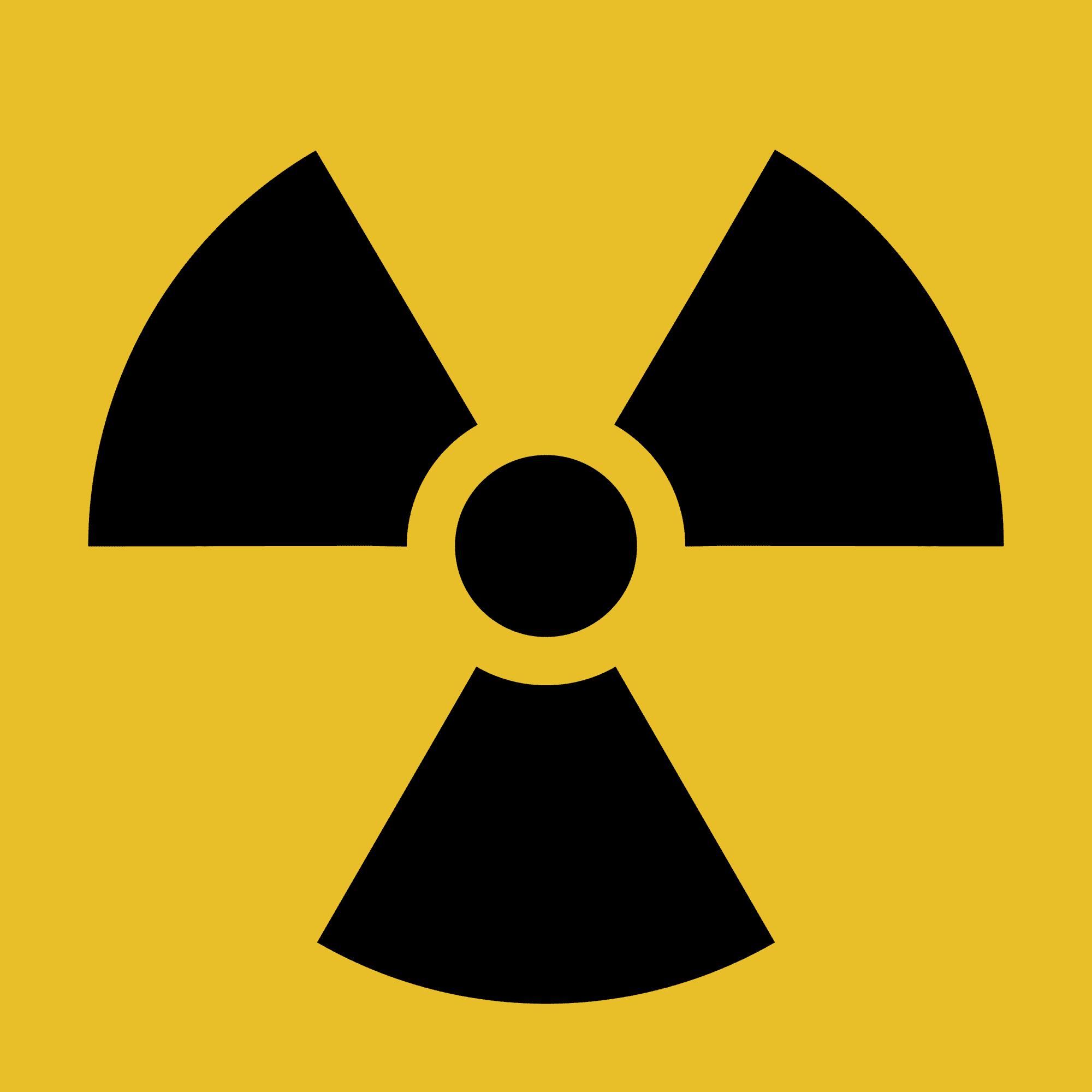Most of the public is aware of the fact that smoking is the leading cause of lung cancer in the US today. But are you aware of the 2nd leading cause of lung cancer? It’s not the result of a lifestyle choice or even genetics. It’s a natural result of our surrounding geology and it’s called – radon.
Southeastern Michigan is a radon hot spot, so you could be in danger today. I’m going to cover what radon is, why you need to know, and what you can do about it so you can protect yourself and your family from a dangerous but preventable cause of lung cancer that may be present in your home right now.
What is radon?
Radon is an odorless, colorless and tasteless gas. It occurs naturally in the earth when uranium decays. It is a very heavy gas, so it tends to settle in low places, much like basements. It can seep into your house through cracks and holes. It can be drawn into your house because warm air rises. And as you heat air in your house, it can create a vacuum in the lower areas of your house, drawing in gases from the outside.
When was it tied to health problems?
Radon was discovered by a German chemist, Frederich E. Dorm in 1900. However, it was not attributed to health issues until 1984 when a nuclear plant worker in Pennsylvania who was leaving work set off radiation detectors. When they looked into the source of the radiation, they found it was not the nuclear plant, but was his own home.
Why do you need to know about radon?
The National Academy of Sciences published two studies finding that radon is the 2nd highest cause of lung cancer behind smoking and causes 20,000 deaths every year. It’s a Class 1 carcinogen, according to the EPA, which means that it is “proven” to cause cancer. It also has no upper threshold, meaning that the more you’re exposed to the higher your risk gets forever, the risk never levels off. Radon has been found in all 50 states.
Where is it?
The EPA has grouped all counties in the US into Zones 1-3 (1 being highest likelihood of high radon concentrations) and Washtenaw County is in Zone 1. In fact, in a April 2011 article from The Ann Arbor News, the headline was “Washtenaw County is a natural radon hotspot, and local experts suggest testing your home to be safe”.

For quick reference, Washtenaw is Zone 1 (the highest levels), Oakland County is Zone 2 (medium levels) and Macomb & Wayne are both Zone 3 (the lowest levels). This doesn’t mean you are or are not at risk – it only shows the historic prevalence of radon.
What’s the real danger?
Let’s say you don’t smoke because you realize that it’s bad for your health. Well, living with elevated radon levels (I’ll discuss these levels in a bit) in your home, each year, is like smoking about 3 packs per day. Radon poses a very scary problem, but luckily, there are ways to eliminate this risk.
What can I do about radon?
You can find out if your home has an elevated radon level by conducting a simple test. It’s as easy as opening a package, placing a radon detector in a designated area, and, after a
set number of days, sending the detector back to a lab for analysis. The lab will then inform you of your radon test results.
This charcoal test kit is set up in the basement for 3 days and then mailed to a lab. The kit I brought was $12 on Amazon and this includes the lab testing fee. If/when you buy a test kit, make sure to check that the lab fee is included or you will have to pay separately.

What if the test comes back positive?
Then you know you need to take immediate action. Get a radon mitigation system installed (they are not expensive) and they can save your lives.
My recommendation is to test your home and if you have a mitigation system already, check that to make sure it’s working!
Radon is a scary and dangerous carcinogen, present in many homes across the US. However, now that you know about radon’s characteristics, the impact it has on your health and how to check and fix radon problems, you and your family can breathe easy.

